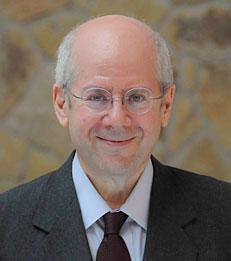Opinion
The Euro Area in the Age of COVID-19
—

By Kim Schoenholtz and Stephen Cecchetti
The founders of the euro viewed the common currency’s role as a foundation for European peace and prosperity (see the opening quotes). Yet, they knew big challenges lay ahead. For years before the start of the monetary union in 1999, economists had warned that the member states of the EU do not constitute an ‘optimum currency area’ (Friedman 1997). This means that a single policy interest rate might exacerbate, rather than mitigate, economic differences, creating severe strains among euro area countries.
Since the euro’s beginning, European leaders believed that as tensions arose, member states would choose to form a closer union—integrating their economies and financial systems, sharing burdens and risks. To a considerable extent, experience has borne out these hopes. And yet, over the past two decades, there has been only a grudging, crisis-driven progress toward a truly resilient monetary union. Politically and financially, the euro area remains divided. The COVID-19 pandemic brings renewed tensions. With it comes a harsh reminder that standing still is simply not an option.
In this column, we review the progress toward completion of the European monetary union and highlight key gaps that remain. We do this by comparing the euro area and the US. Our focus is on risk sharing, banking and capital markets union, and labour mobility. In each case, the euro area remains significantly less developed than the US. As a result, shocks to euro area member states still cause larger economic and financial dislocations.
____
Kim Schoenholtz is Henry Kaufman Professor of the History of Financial Institutions and Markets and Director of the Center for Global Economy and Business
Since the euro’s beginning, European leaders believed that as tensions arose, member states would choose to form a closer union—integrating their economies and financial systems, sharing burdens and risks. To a considerable extent, experience has borne out these hopes. And yet, over the past two decades, there has been only a grudging, crisis-driven progress toward a truly resilient monetary union. Politically and financially, the euro area remains divided. The COVID-19 pandemic brings renewed tensions. With it comes a harsh reminder that standing still is simply not an option.
In this column, we review the progress toward completion of the European monetary union and highlight key gaps that remain. We do this by comparing the euro area and the US. Our focus is on risk sharing, banking and capital markets union, and labour mobility. In each case, the euro area remains significantly less developed than the US. As a result, shocks to euro area member states still cause larger economic and financial dislocations.
____
Kim Schoenholtz is Henry Kaufman Professor of the History of Financial Institutions and Markets and Director of the Center for Global Economy and Business
